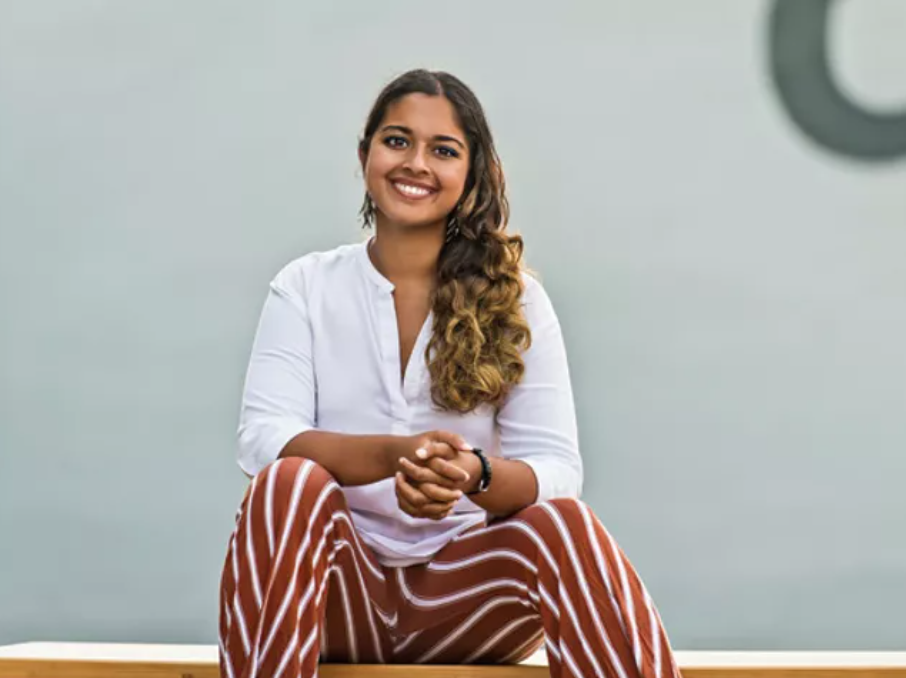As a child, if Anjali Roychowdhury wanted to stay up late her parents had one condition – she would have to watch documentaries with them. They figured that would bore her enough they could put her to sleep quickly.
“Jokes on them,” she laughed. “It sparked a lifelong interest in space.”
Roychowdhury actually fell in love with space twice. The first time was as a kid, the second was as a student at Cranbrook Kingswood Schools, where she graduated in 2016.
Even though she had loved space as a kid, naturally, her interests changed. She thought about going into fashion and considered policy and diplomacy. But a physics class and a guest speaker her senior year of high school altered her trajectory.
An engineer at Blue Origin, Jeff Bezos’ aerospace company, came to speak and Roychowdhury was introduced via her history teacher, who knew about her love for physics and space.
“She was like, what about physics do you like?” Roychowdhury recalled about the speaker. “And I was like, I really like understanding how things work. Because I think it's really useful for building new things. And she was, that sounds like engineering.”
Roychowdhury went on to take a few engineering classes at Stanford University and it stuck. Today, she’s working on her master of science in aerospace, aeronautical, and astronautical engineering at Stanford, where she just completed her undergraduate degree in mechanical engineering.
She’s already been a part of a few very major projects, including SpaceX, the Elon Musk company. Roychowdhury interned there last summer as their dragon propulsion components intern. She worked on the Crew Dragon capsule – more specifically it's pilot valve, which ignited the abort engine.
Currently, she’s with ABL Space Systems as their hardware development intern. During her time at Stanford she’s also been able to be a part of their Student Space Initiative, and at only 17, she led a project that put a small communication satellite in orbit, her first big base experience.
How does it feel to know she helped design something now in orbit? About as cool as you could imagine.
“It’s something I wrap my head around – and fail to wrap my head around – pretty often just because I think it's pretty unusual to have multiple things in space at my age.”
Where does she hope to see her career in aerospace engineering go from here?
“The first level impulse is I absolutely want to be an astronaut,” Roychowdhury said. “I would love to go to space. I would love to do the whole human exploration thing.”
She’s also the first to admit that the current paths that lead to becoming an astronaut are none she has a desire to pursue, like joining the Air Force or becoming a PhD.
That won’t deter her though.
“I think that there's pretty soon going to be a fourth path to becoming an astronaut and I'm planning to figure out how to do that when it happens,” she said.
With so few women in the aerospace industry – only about 10 percent are in technical roles – Roychowdhury is extremely passionate about making it more inclusive. It fits right in to why she enjoys aerospace engineering so much: it’s ability to unify.
“I think something that I really relish is that everyone looks up. I think, to some extent, like an interest in space or things that happen in spaces, I found to be relatively universal. It's cool to be able to point up and be like, that's where we're going.”
←Click to return to “News” page.
